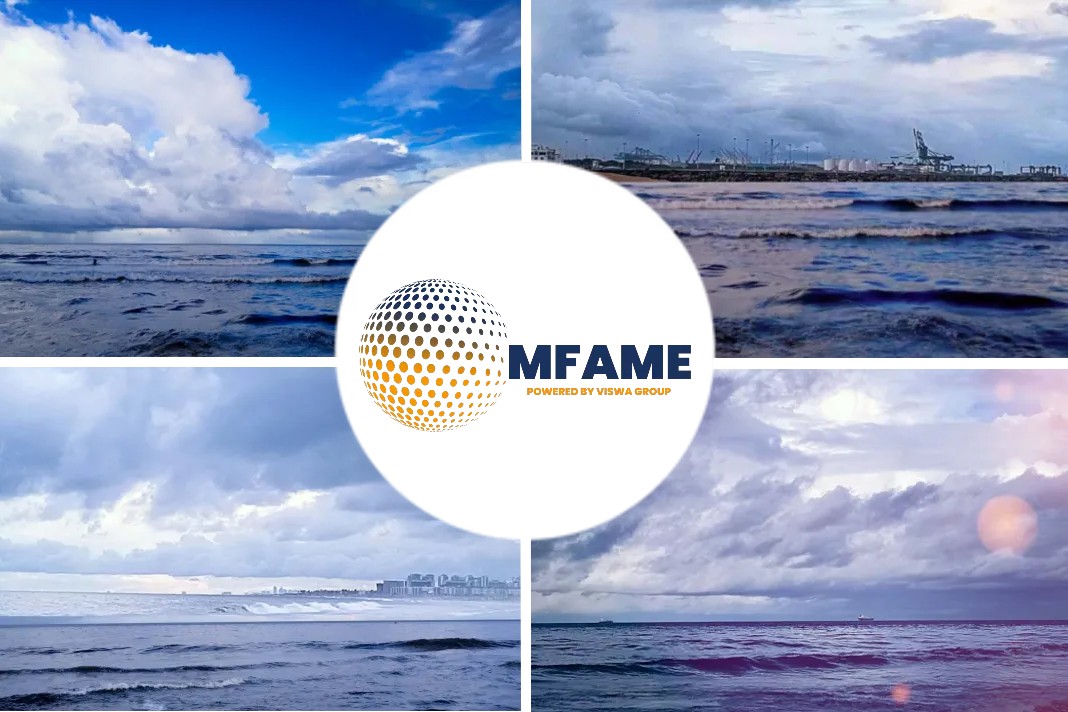- Shipping experts updated the industry on upcoming IMO and regional emissions regulations at Riviera’s Maritime Air Pollution, Europe, virtual conference.
- Panellists said shipping will need to invest in technology to reduce carbon intensity as well as adopt alternative fuels to meet IMO’s ambitious environmental goals.
- IMO wants to reduce carbon intensity by 70% and greenhouse gas emissions by 50% from 2008 levels by 2050.
Martyn Wingrove writes about lowering carbon intensity and adding alternative fuels for Riviera.
Decarbonisation, the biggest challenge
“Decarbonisation is the biggest challenge of our generation. The emerging regulations landscape will affect operations and also affect the way we evaluate ship assets,” said ABS director for global sustainability Georgios Plevrakis.
Mr Plevrakis said shipowners need strategies and options to prepare for changes in regulations to 2030.
International Registries Inc, Marshall Islands Registry vice president Nick Makar provided an update on upcoming environmental regulations and meetings that impact shipping.
2020 – a year of benchmark
“2020 has been a benchmark year,” he said, referring to the enforcement of IMO’s sulphur cap regulations and implementation of technology efficiency requirements under IMO’s Energy Efficiency Design Index (EEDI).
Mr Makar also highlighted how shipping recognises the need for “early action to achieve reductions in carbon intensity in shipping, with regulation amendments to institute short-term measures under IMO for its initial greenhouse gas reduction strategy”.
Next meeting
This will lead to the next meeting of IMO’s Marine Environment Protection Committee (MEPC), in November, discussing amendments to Marpol Annex VI. “These need to be finalised by the end of this year for entering into force in 2023,” said Mr Makar.
More changes to environmental regulation are coming with measures to cut NOx emissions in the North Sea and Baltic emission control area to be introduced in 2021.
What are the plans for 2022?
In 2022, revised fuel oil sampling and testing protocols are expected come into force after expected approval during MEPC 75 in November 2020. Also in 2022, the advanced requirements for EEDI phase 3 could come into effect.
On a regional basis, Clean Shipping Alliance executive director Ian Adams expects another emission control area (ECA) to be introduced in the next five years.
21 countries have agreed
He said 21 countries around the Mediterranean had already agreed to the framework for emission controls in the region.
These are contracting parties to the Convention for the Protection of the Marine Environment and the Coastal Region of the Mediterranean (Barcelona Convention) which was signed in December 2019.
“This is a roadmap for an ECA and there are plans to submit information documents to MEPC in November,” said Mr Adams. There are then plans to submit a formal ECA proposal to MEPC in Q2 2022, for an amendment to Marpol Annex VI in Q4 2022 and enforcement from 1 March 2024, said Mr Adams.
Development of neutral- or zero-carbon fuels
During the conference session, North of England P&I Association loss prevention executive Mark Smith said further reductions in air emissions would require development of neutral- or zero-carbon fuels.
These could be tested and implemented on shortsea shipping first then rolled out to oceangoing ships.
“Technology in hybrid/electric power and hydrogen fuel cells would be tested on small vessels and coastal vessels and then trickle down to larger ships,” said Mr Smith. “It is important to monitor the smaller vessels as this will be seen on the larger ships.”
Did you subscribe to our daily newsletter?
It’s Free! Click here to Subscribe!
Source: Riviera
















